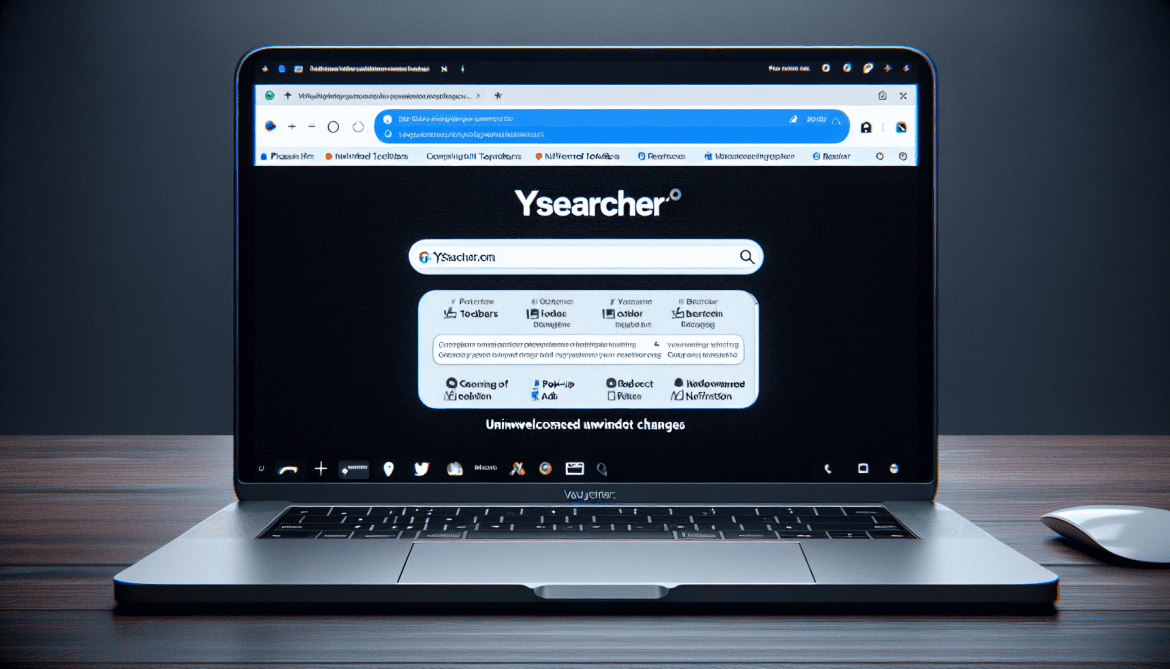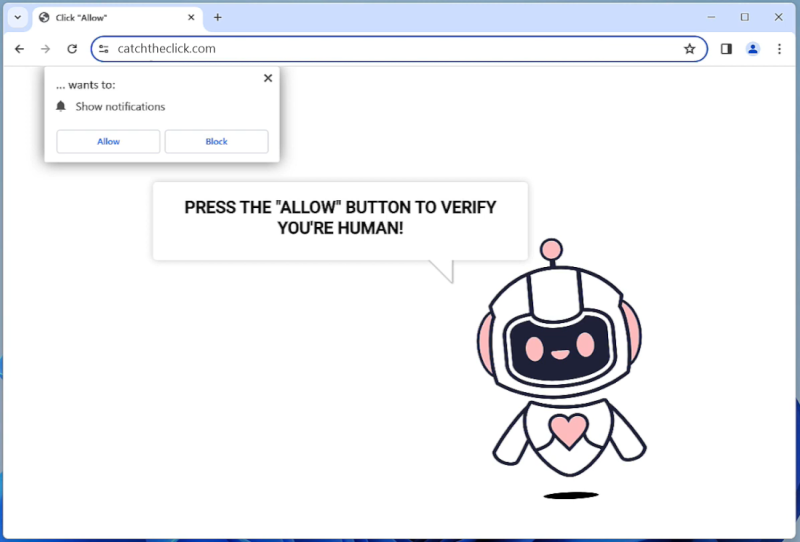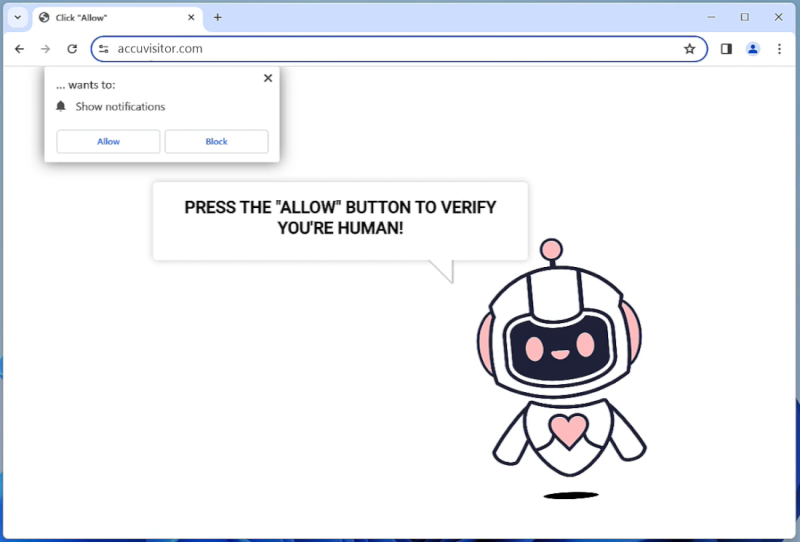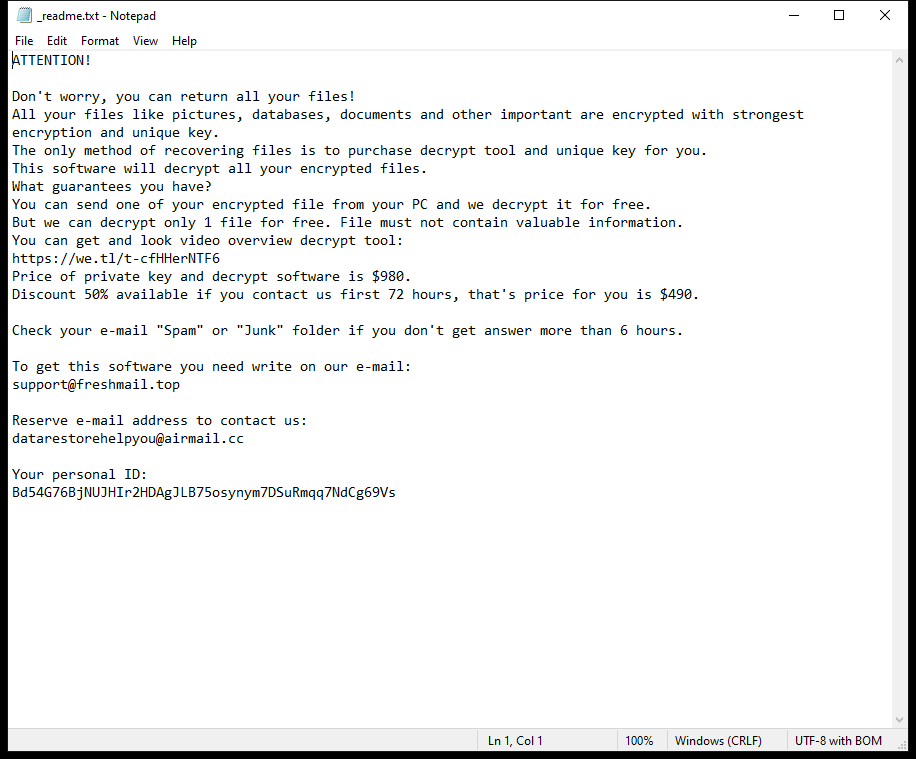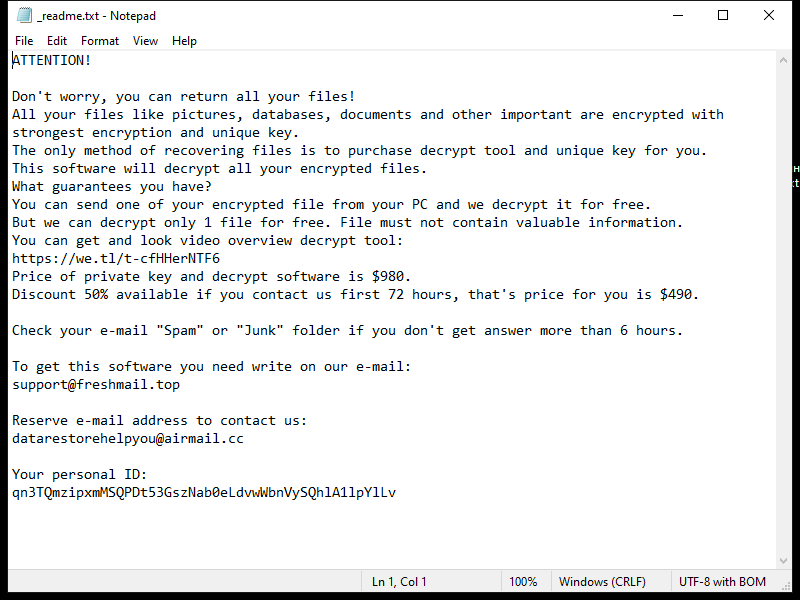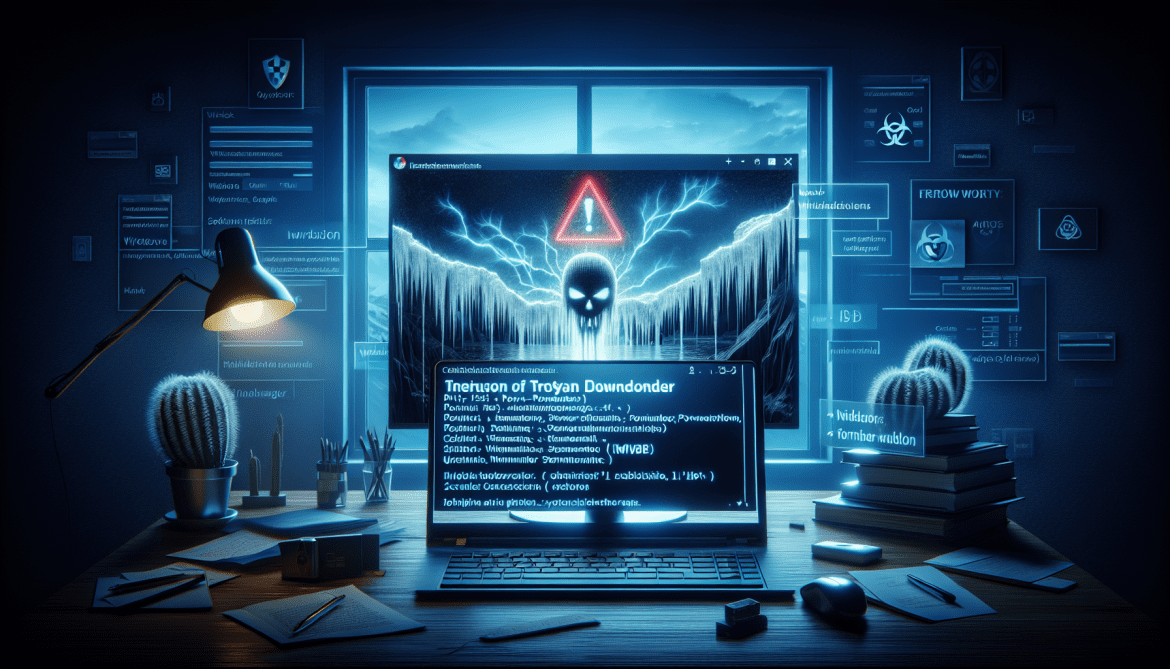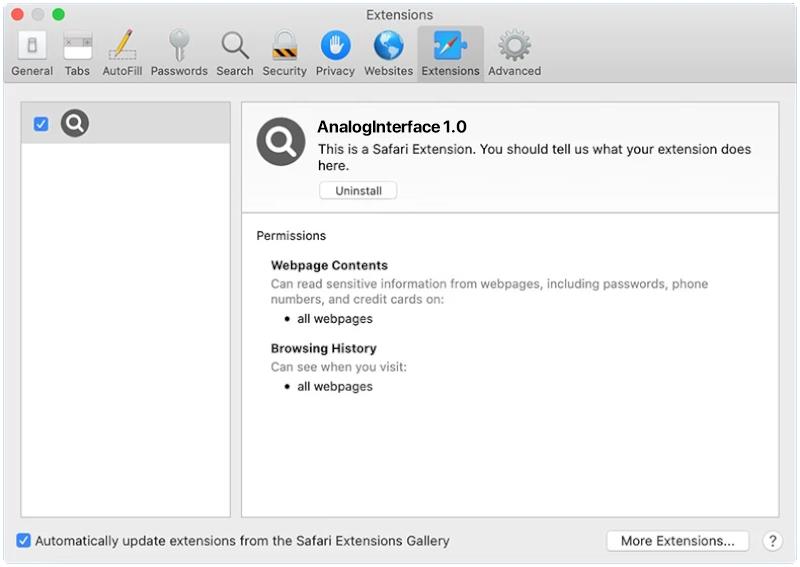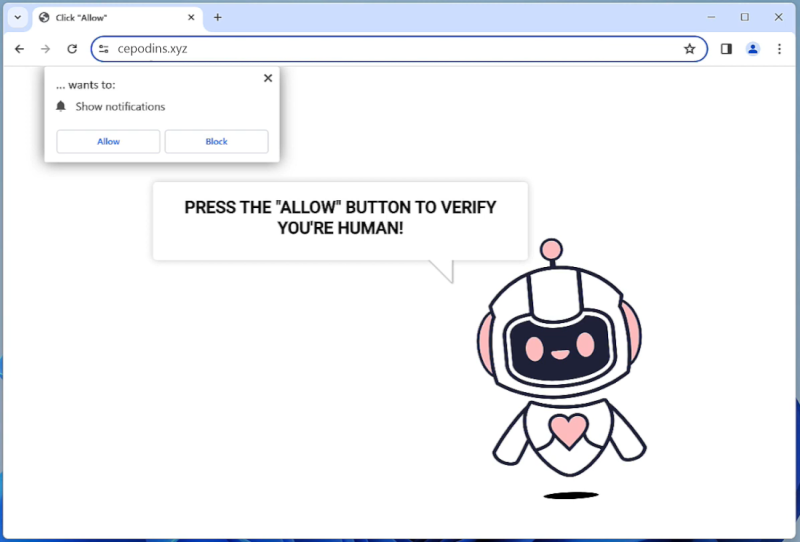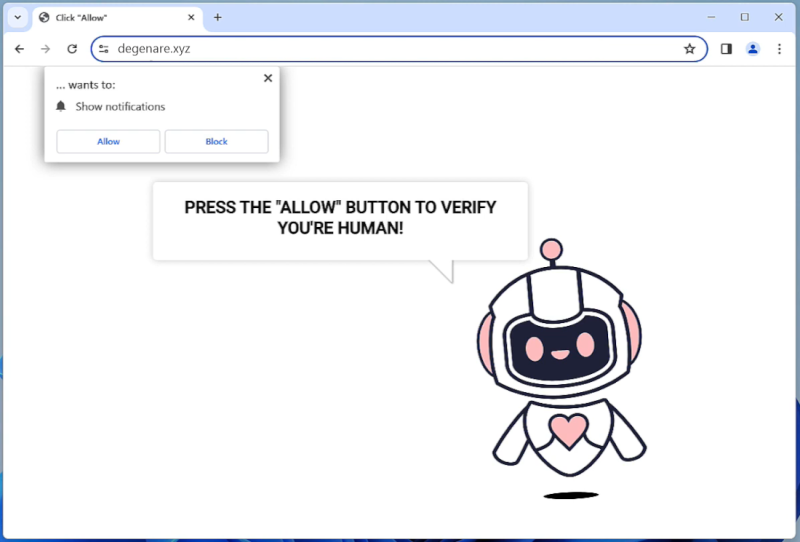Ysearcher.com is a type of adware that infects computers and browsers by redirecting users to its website or displaying intrusive advertisements. This adware can be downloaded unknowingly along with other software, or it can be installed through malicious websites or phishing emails. Once installed, Ysearcher.com can change browser settings, track users’ online activities, and display unwanted pop-up ads.
Ysearcher.com adware can infect computers and browsers by exploiting vulnerabilities in the system or by tricking users into clicking on malicious links. It can also be bundled with freeware or shareware programs, where users unknowingly agree to install the adware along with the desired software. Once installed, Ysearcher.com can collect users’ personal information, display unwanted ads, and slow down the computer’s performance. Users should be cautious when downloading software from unknown sources and regularly update their security software to prevent adware infections.

